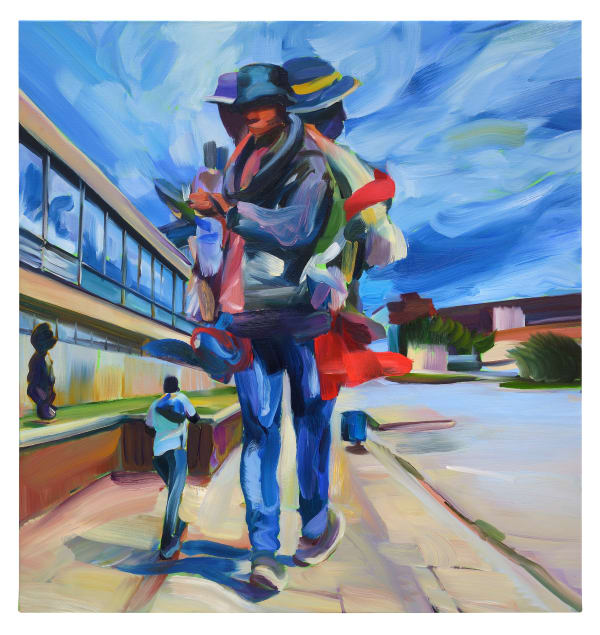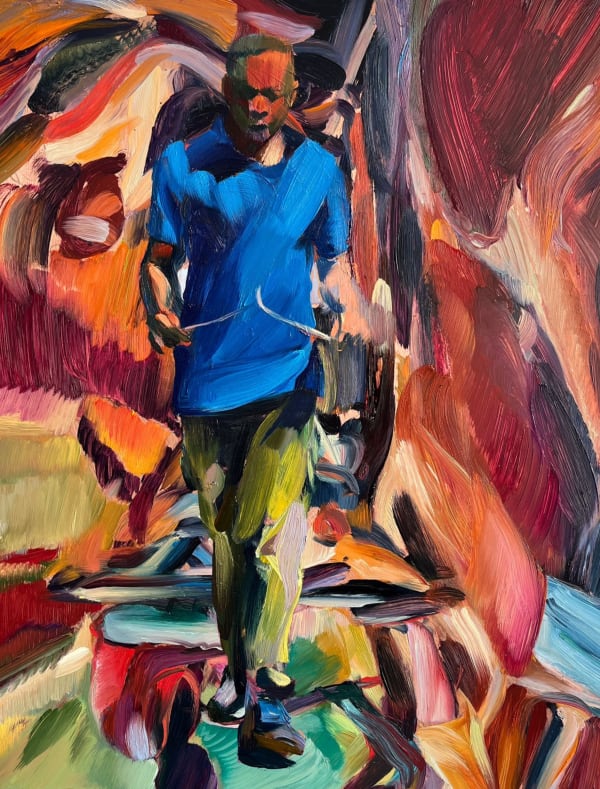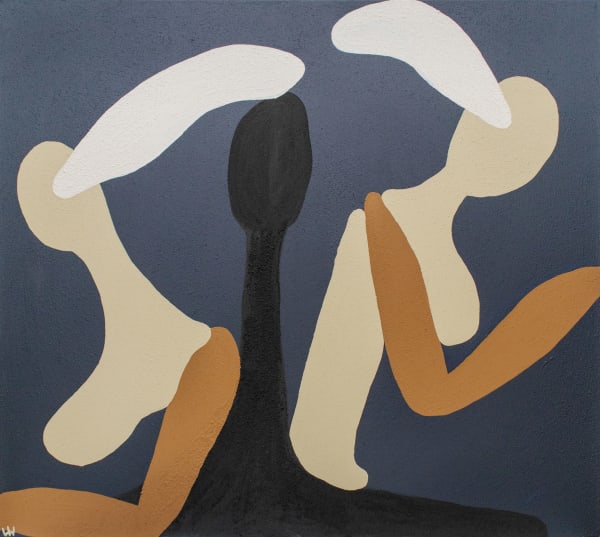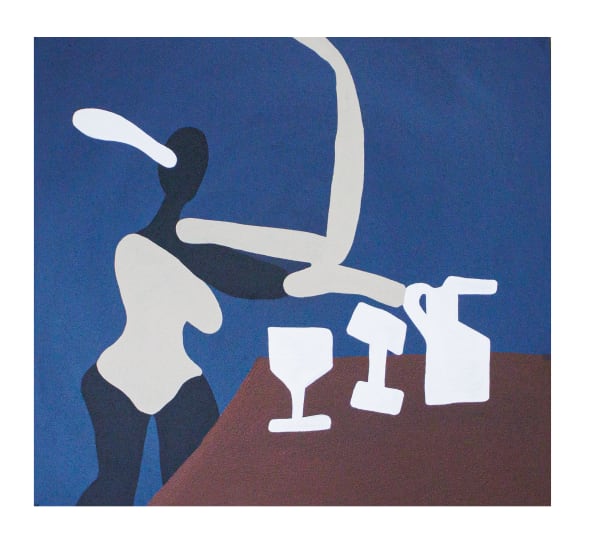-
THK Gallery is proud to present a curated selection of recent works in their fourth presentation at 1-54 London by Duncan Wylie, Driaan Claassen, Samuel Nnorom and Lulama Wolf.
-
 Samuel Nnorom. In Days Like This, Just Trust Me, 2024
Samuel Nnorom. In Days Like This, Just Trust Me, 2024 -
 Duncan Wylie. The Sapeur and the Tsunami, 2024.
Duncan Wylie. The Sapeur and the Tsunami, 2024. -
 Driaan Claassen. You Can Lean On Me, 2022
Driaan Claassen. You Can Lean On Me, 2022 -
 Driaan Claassen. Are You Sure?, 2024.
Driaan Claassen. Are You Sure?, 2024. -
Lulama Wolf
-
-

-

-

-

1-54 London
Past viewing_room













